Mahdi Fahmideh
Cybersecurity threats in FinTech: A systematic review
Dec 04, 2023Abstract:The rapid evolution of the Smart-everything movement and Artificial Intelligence (AI) advancements have given rise to sophisticated cyber threats that traditional methods cannot counteract. Cyber threats are extremely critical in financial technology (FinTech) as a data-centric sector expected to provide 24/7 services. This paper introduces a novel and refined taxonomy of security threats in FinTech and conducts a comprehensive systematic review of defensive strategies. Through PRISMA methodology applied to 74 selected studies and topic modeling, we identified 11 central cyber threats, with 43 papers detailing them, and pinpointed 9 corresponding defense strategies, as covered in 31 papers. This in-depth analysis offers invaluable insights for stakeholders ranging from banks and enterprises to global governmental bodies, highlighting both the current challenges in FinTech and effective countermeasures, as well as directions for future research.
An Overview of Ontologies and Tool Support for COVID-19 Analytics
Oct 12, 2021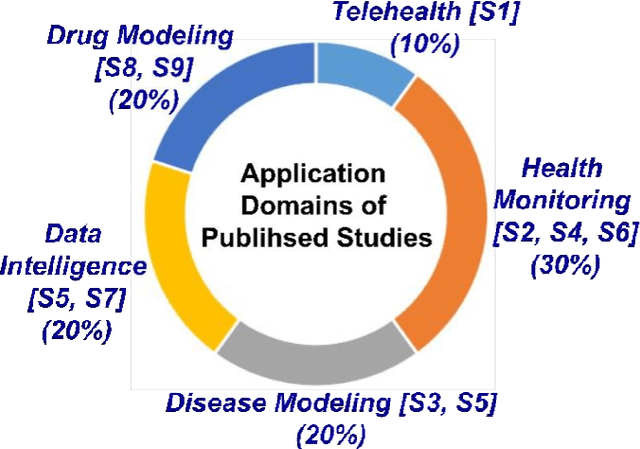
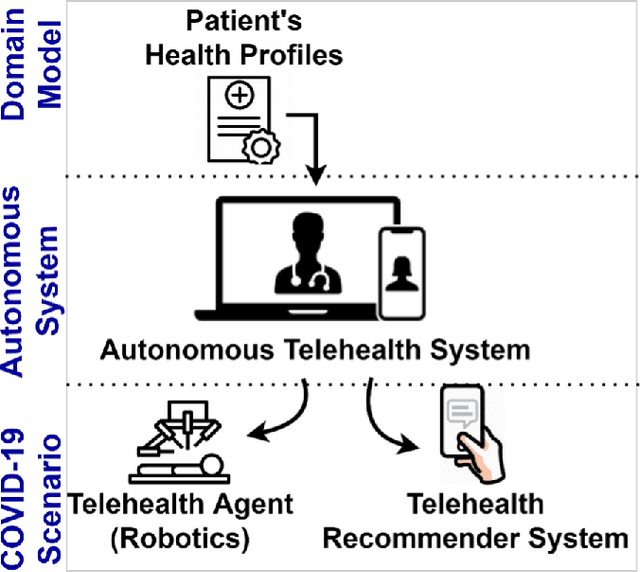
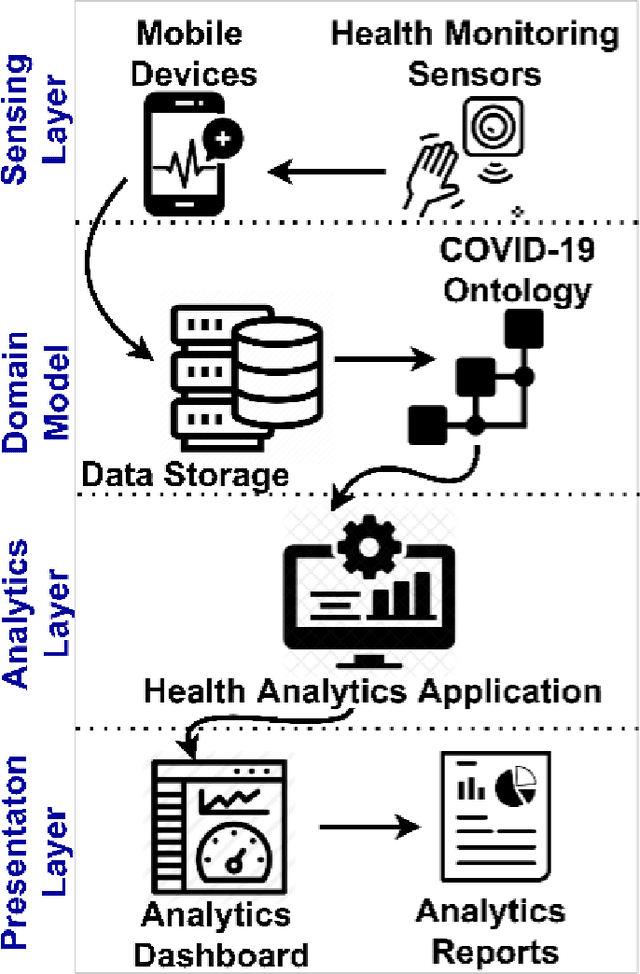
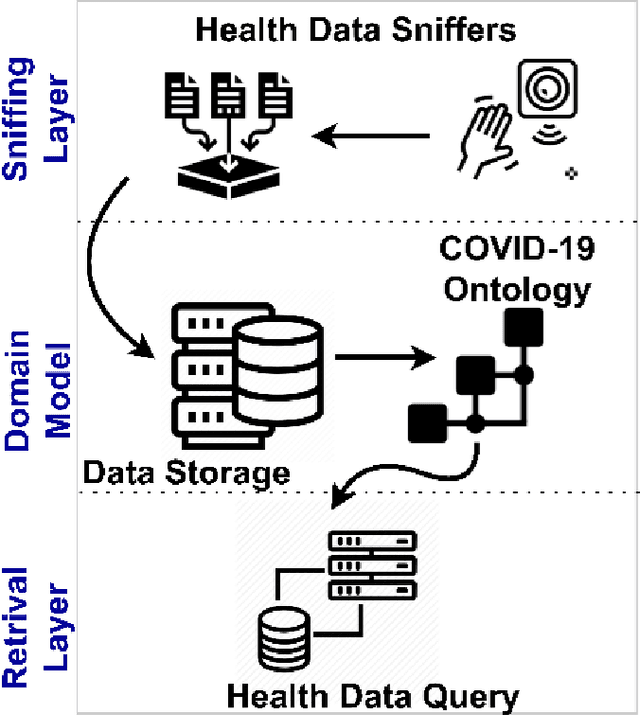
Abstract:The outbreak of the SARS-CoV-2 pandemic of the new COVID-19 disease (COVID-19 for short) demands empowering existing medical, economic, and social emergency backend systems with data analytics capabilities. An impediment in taking advantages of data analytics in these systems is the lack of a unified framework or reference model. Ontologies are highlighted as a promising solution to bridge this gap by providing a formal representation of COVID-19 concepts such as symptoms, infections rate, contact tracing, and drug modelling. Ontology-based solutions enable the integration of diverse data sources that leads to a better understanding of pandemic data, management of smart lockdowns by identifying pandemic hotspots, and knowledge-driven inference, reasoning, and recommendations to tackle surrounding issues.
A study of influential factors in designing self-reconfigurable robots for green manufacturing
Apr 17, 2020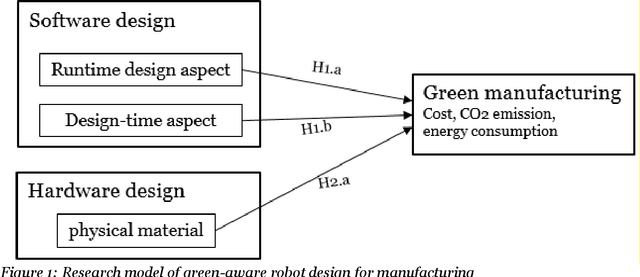
Abstract:There is incremental growth in adopting self-reconfigurable robots in automating manufacturing conventional product lines. Using this class of robots adapting themselves with ever-changing environmental conditions has been acclaimed as a promising way of reducing energy consumption and environmental impact and thus enabling green manufacturing. Whilst the majority of existing research focuses on highlighting the efficacy of self-reconfigurable robots in energy reduction with technical driven solutions, the research on exploring the salient factors in design and development self-reconfigurable robots that directly enable or hinder green manufacturing is non-extant. This interdisciplinary research contributes to the nascent body of the knowledge by empirical investigation of design-time, run-time, and hardware aspects which should be contingently balanced when developing green-aware self-reconfigurable robots. Keywords Green manufacturing, self-reconfigurable robots, robot design, green awareness
 Add to Chrome
Add to Chrome Add to Firefox
Add to Firefox Add to Edge
Add to Edge